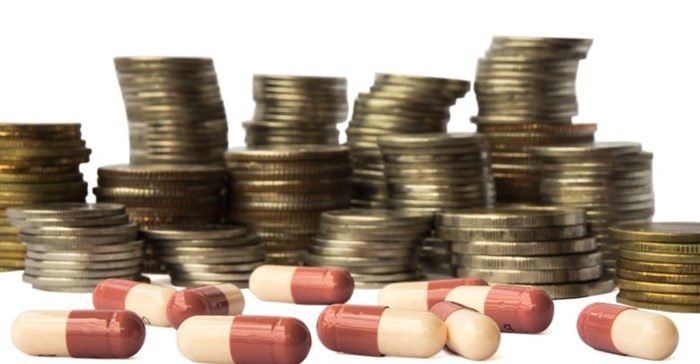Despite having medical aid, many members still have to fork out chunks of money out of their own pocket for healthcare products and services.
“In South Africa, healthcare services and products is provided by parallel running public and private healthcare systems. Even though private healthcare is only available to a very small section of the South African society (16,3%), it still accounts for a disproportionate 52% of the total expenditure on healthcare,” says Dr Jaco van Zyl, medical executive at Cipla SA.
In the private healthcare market the two main methods of financing is through medical schemes and direct out-of-pocket payments by the patients, paradoxically most of the latter are made by medical scheme members.
Medical schemes
Despite policy initiatives aimed at structuring affordable low cost healthcare funding products, medical schemes have remained unaffordable, and therefore inaccessible, to the majority of South Africans over the last couple of years.
Most recently, the Council of Medical Schemes (CMS) reported that medical scheme contributions increased by around 9% between 2014 and 2015 but the average contribution increase announced by open medical schemes for 2017 is averaging 10,3%.
This accelerated growth in member contributions appears to be driven by a toxic cocktail of:
- the fact that scheme members are getting older and sicker, requiring more resources;
- negative member growth rate;
- an increase in the cost of prescribed minimum benefits (PMBs); and
- an increase in operating losses by schemes as well as a decrease in solvency ratios.
With the majority of patients accessing private healthcare through scheme funding channels it is clear that affordability is still the most important challenge.
Direct out-of-pocket (OOP) payments
According to the CMS, medical scheme members paid R3,2bn out of their own pockets more for private healthcare in 2015 than in 2014 (R27,2bn in 2015 compared to R24bn in 2014). A 13,4% growth rate that outpaced even the growth in scheme contributions.
A third (33%) of the total OOP expenditure was spend on medicine, meaning patients spend around R9bn out of their pockets on medicine alone.
It is also important to note that OOP constituted a large proportion (18,6%) of total healthcare expenditure for individuals that was already making significant premium contributions to medical schemes.
Private healthcare in South Africa is expensive and relatively inaccessible to the majority of its citizens. With scheme contributions by members increasing at an alarming pace, and out-of-pocket expenses by members showing double digit growth, affordability is set to remain a big challenge in the future.







































